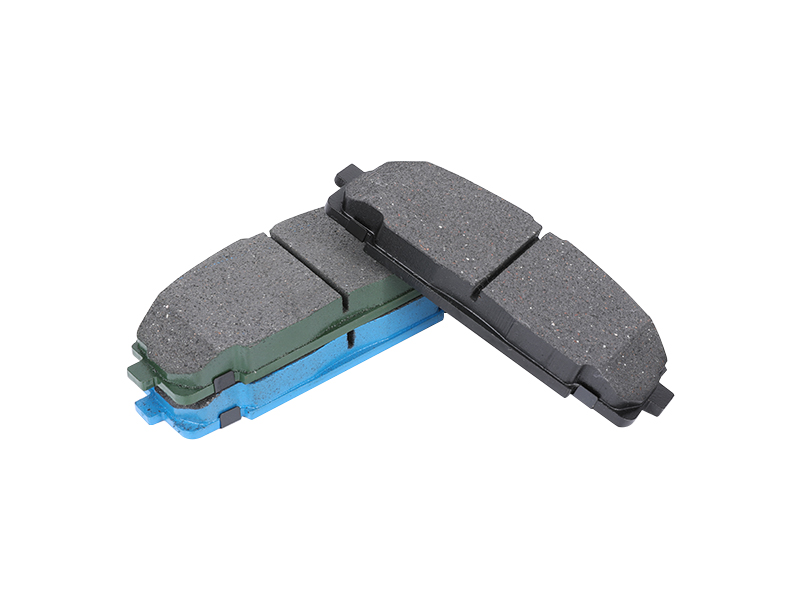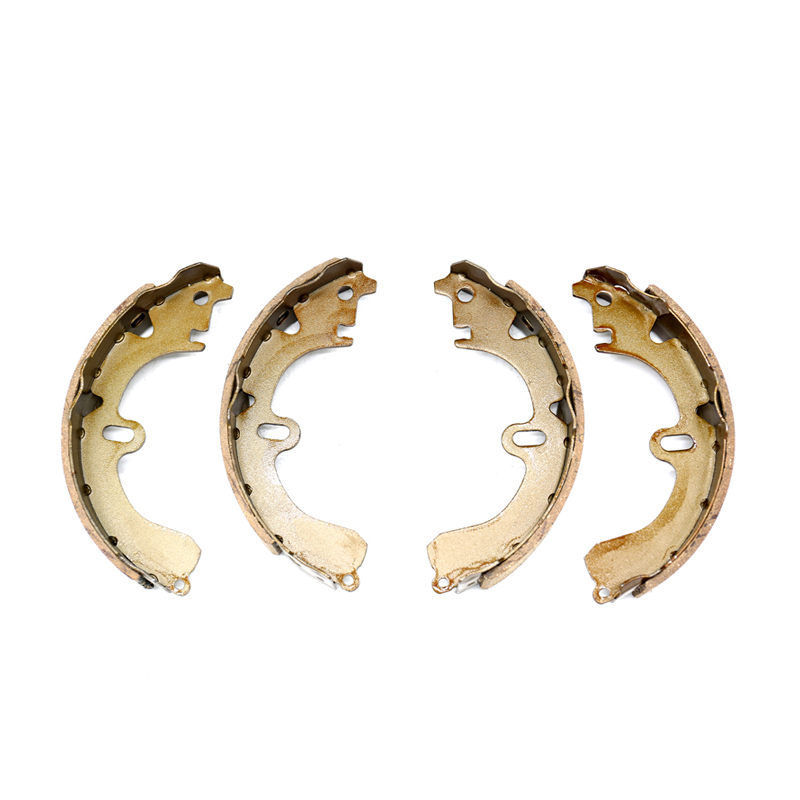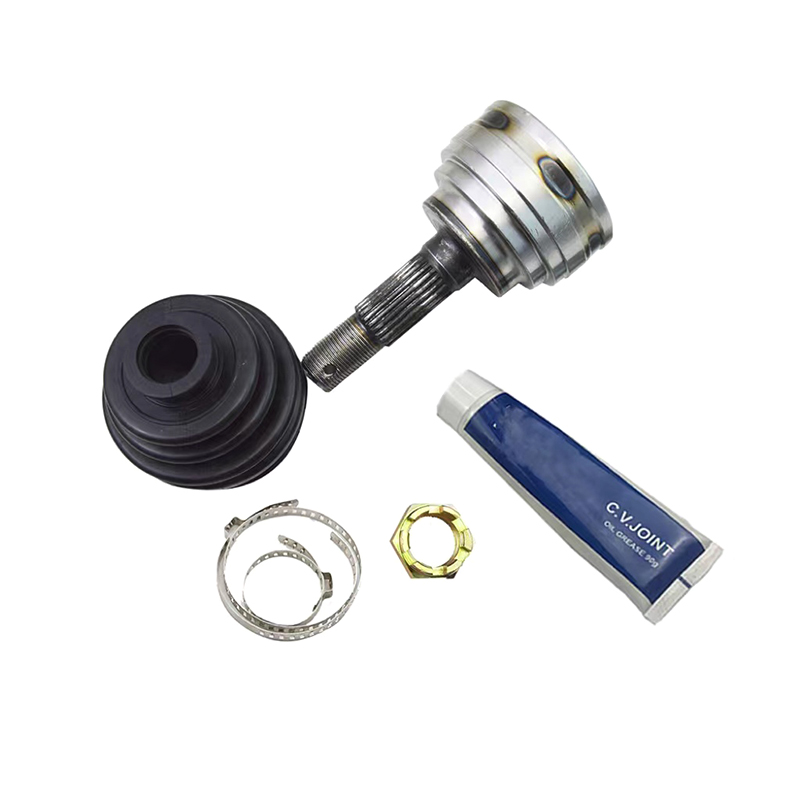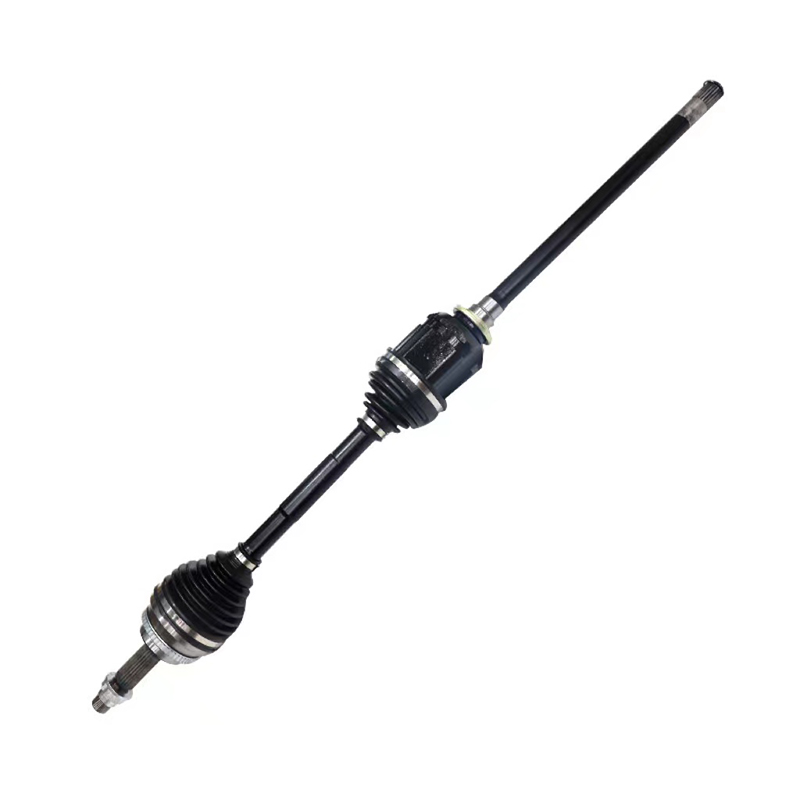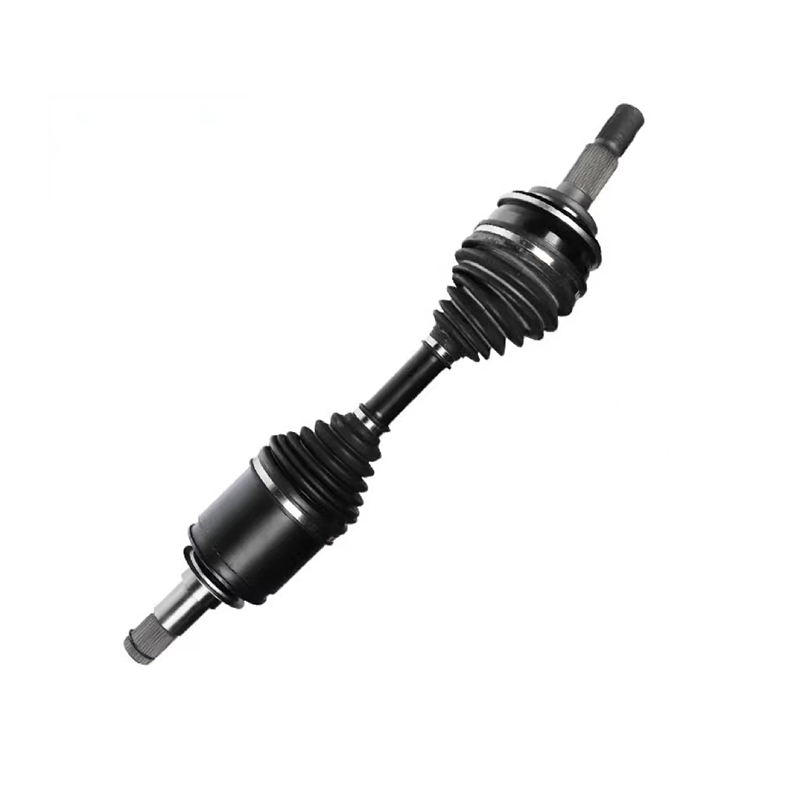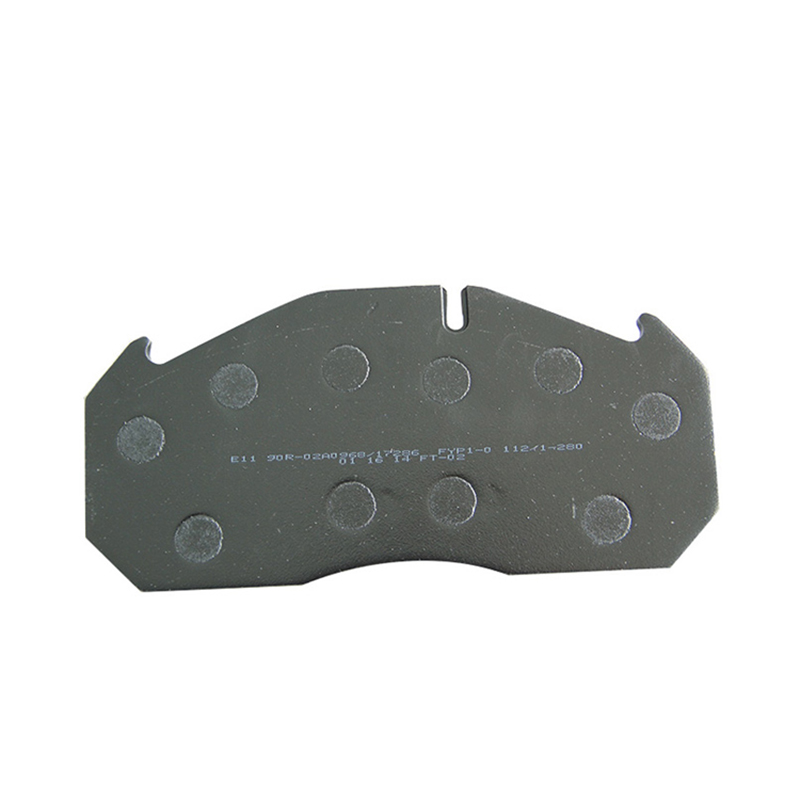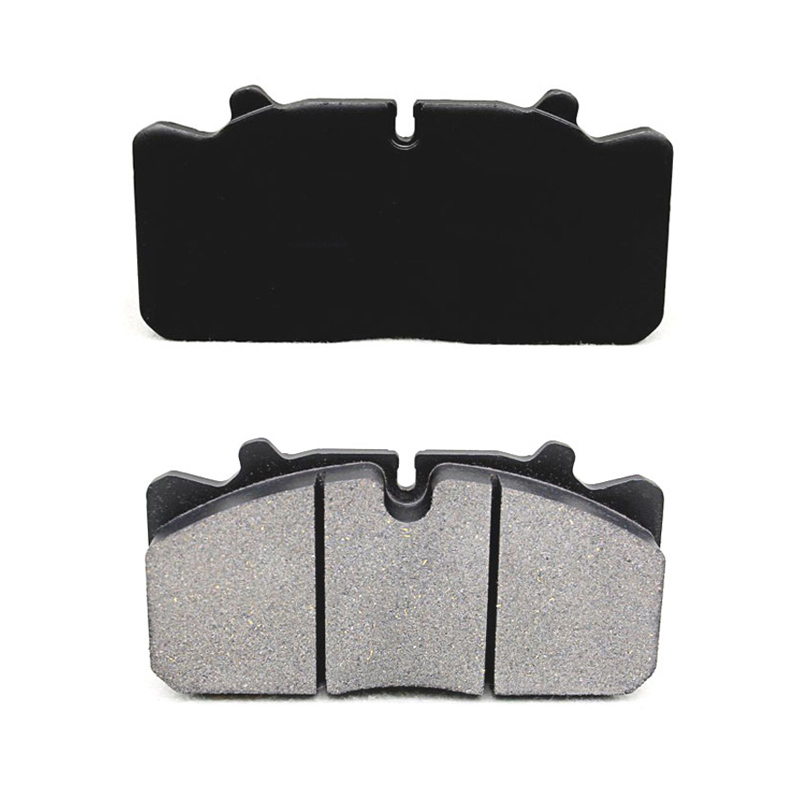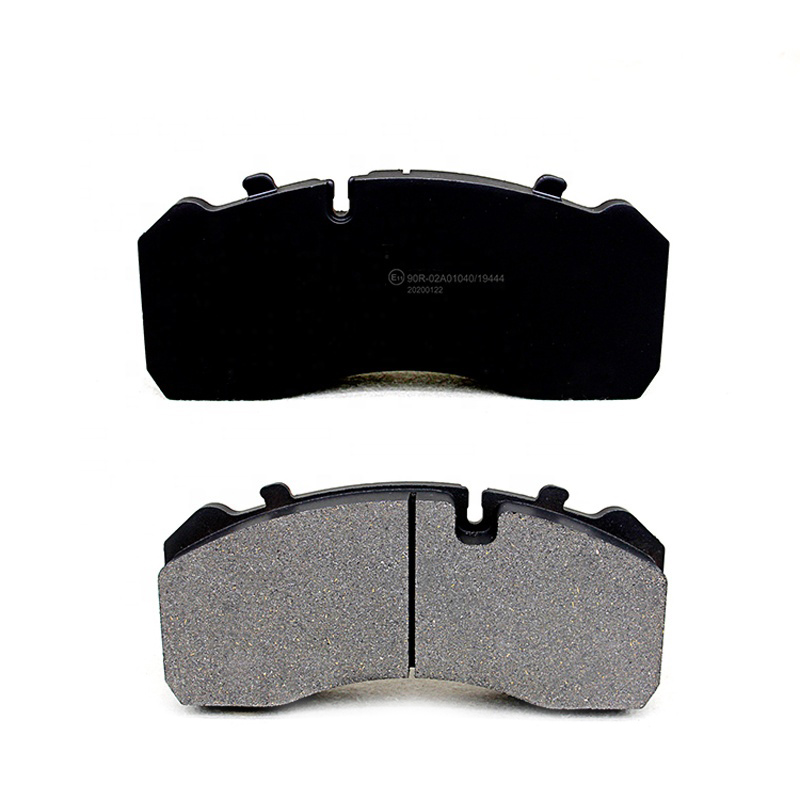Brake discs can be vented through drilled holes, grooves or internal fins for better cooling. This allows gases and debris to escape from the surface of the disc while avoiding overheating which can cause brake fade.
However, a moderately scarred or scored disc cannot pass a safety inspection and requires replacement. Discs can be resurfaced but this reduces their minimum safe thickness and therefore must be done in pairs.

Drilled and slotted rotors evacuate moisture, brake dust, and other contaminants from the contact surface of your car’s rotors during heavy braking. This helps your rotors maintain their integrity and prevent them from developing cracks or warping. The drilled holes and slots also allow for improved heat dissipation, which eliminates brake fade in high-performance driving situations.
The drilled and slotted rotor’s design also creates momentary pauses in the friction between your brake pads and the rotors, allowing them to disengage from the “glazing” process that causes some pads to lose performance over time. This improves your braking efficiency and gives you consistent stopping power lap after lap.
This enhanced thermal capacity also extends your rotor’s lifespan and provides reliable performance in everyday driving conditions. However, it’s important to note that if your rotors develop cracks or warping, they’ll need to be replaced immediately as this can cause vibration in the brake pedal and through the chassis of your vehicle.
The holes and slots in a drilled and slotted rotor increase the surface area of the rotor, which allows it to disperse heat at a much faster rate. This prevents the rotor from reaching excessive temperatures that can cause it to lose its braking efficiency and lead to warping or cracking of the rotor and/or brake pads.
The drilled and slotted holes or grooves also help clear away debris from between the brake pads and the rotor surface. When left unattended, the buildup of this debris can reduce the physical contact between the brake pads and rotors, reducing braking efficiency.
Full slotted rotors allow air to flow over every part of the rotor surface, keeping them cool under hard braking. They also improve ventilation, which helps to reduce pad and rotor wear.
The slots also act as a scraper, cleaning the brake pads and reducing the build up of debris. This can increase the life of the pads, especially in muddy conditions. The grooves also add a degree of friction, boosting braking performance under hard use.
The rotors are manufactured from grey cast iron and then heat treated for strength. This improves the thermal conductivity of the disc, improving brake performance under high temperatures and preventing sticking which is a condition where the front caliper begins to slide over the rear rotor under heavy use. This is caused by the rotor getting too hot and then cooling down quickly which causes it to expand unevenly. The expansion can also be caused by poor lug nut settings which can cause the rotor to rub against the lug nuts and deform.
Carbon Ceramic Rotor
Carbon ceramic brake discs are becoming more popular among racecar drivers and road-going sports cars. They offer a more consistent feel and are much less prone to brake fade compared to conventional steel or iron rotors. They also disperse heat more effectively and are corrosion resistant.
The brake discs are made of a blend of carbon fiber and phenolic resin. They are heated to 1000 degrees Celsius for two days. This transforms the plastic into solid carbon. Then the discs are painted to protect them from oxygen, which turns solid carbon into carbon dioxide gas at high temperatures.
The carbon-ceramic discs have lower thermal expansion and weight than standard brakes, allowing them to withstand extreme temperatures. They are also less prone to warping and can last up to 80,000 miles. It is important to note that carbon-ceramic discs are more delicate than other rotors and should be handled with care. They must also be kept away from chemical wheel cleaners and abrasives that can damage them.

